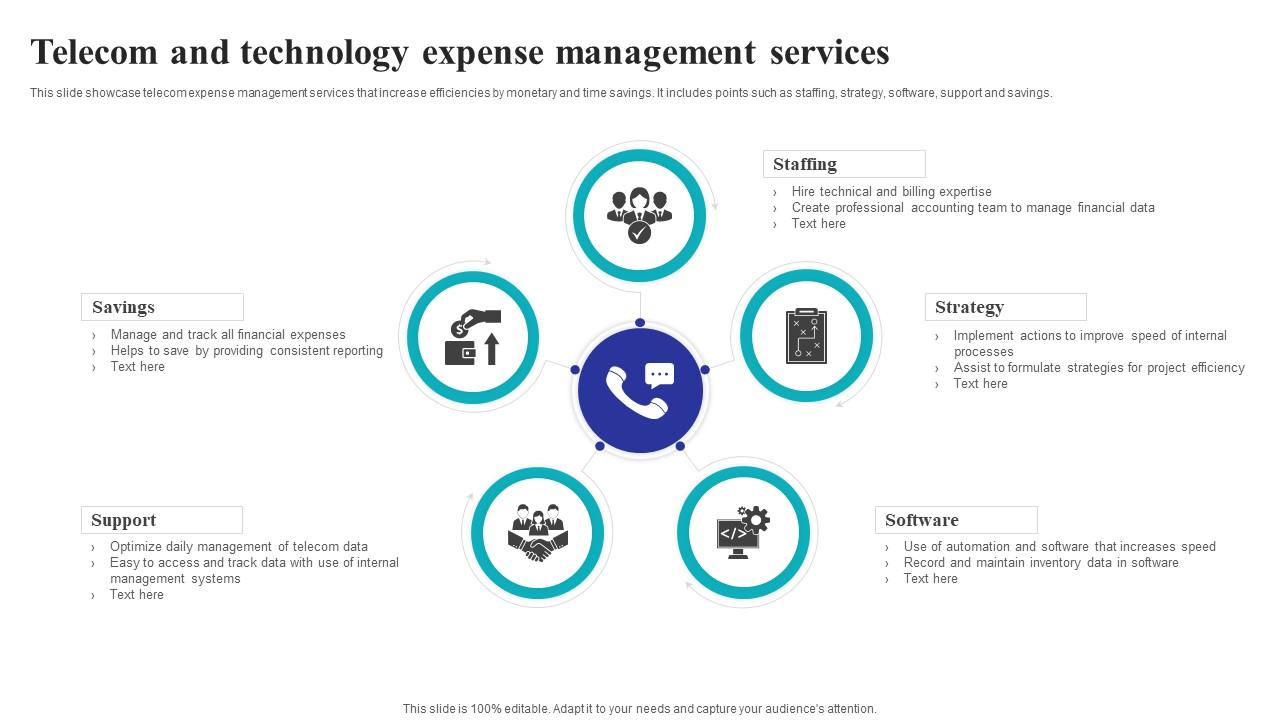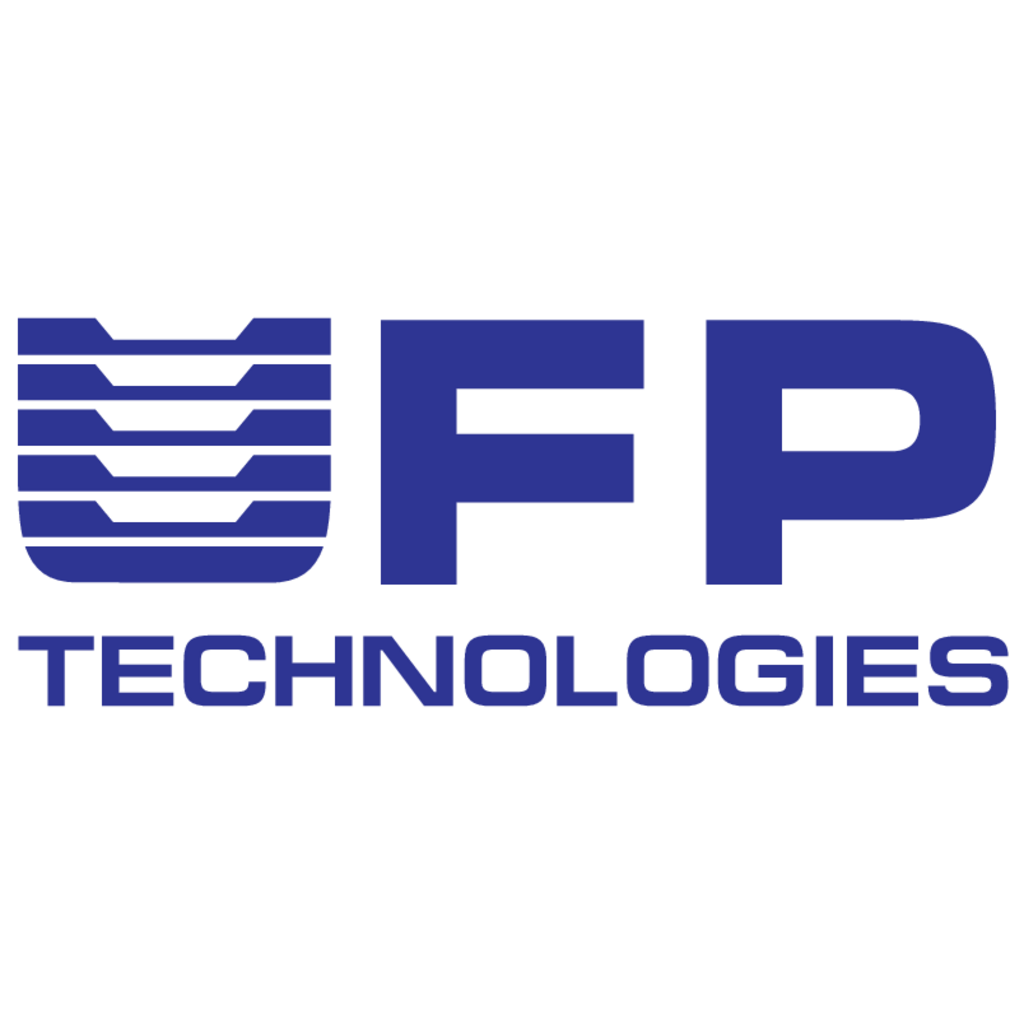Technology Expense Management: Optimizing Your Tech Budget
Technology expense management is a critical aspect of modern business operations. In today’s digitally driven world, businesses rely heavily on technology to function efficiently and effectively. However, managing technology costs […]

Technology expense management is a critical aspect of modern business operations. In today’s digitally driven world, businesses rely heavily on technology to function efficiently and effectively. However, managing technology costs can be a complex and challenging task, requiring a strategic approach to ensure profitability and sustainable growth.
Effective technology expense management involves a comprehensive program that encompasses budgeting, forecasting, contract negotiation, asset management, and cloud computing optimization. By implementing such a program, businesses can gain better control over their technology spending, identify areas for cost savings, and improve operational efficiency.
Implementing Technology Expense Management

Implementing a technology expense management program can be a complex process, but it can bring significant benefits to your organization. This section will guide you through the steps of implementation, highlighting the importance of stakeholder buy-in and communication, and providing tips for overcoming common challenges.
Planning and Preparation, Technology expense management
Before you begin implementing your technology expense management program, it’s essential to have a well-defined plan. This involves identifying your goals, assessing your current processes, and choosing the right technology solution.
- Define your goals: Clearly articulate the specific objectives you want to achieve with expense management. This could include reducing costs, improving compliance, streamlining processes, or gaining better visibility into spending.
- Assess your current processes: Analyze your existing expense management system, identifying areas for improvement. This might involve mapping out the current workflow, identifying bottlenecks, and assessing the effectiveness of existing controls.
- Choose the right technology: Select a technology solution that aligns with your goals and needs. Consider factors like scalability, integration with existing systems, user-friendliness, and reporting capabilities.
Stakeholder Buy-in and Communication
Securing stakeholder buy-in and maintaining effective communication throughout the implementation process is crucial for success.
- Involve key stakeholders: Engage relevant stakeholders, such as finance, IT, and department heads, from the beginning. This ensures their needs are considered and they are prepared for the changes.
- Communicate effectively: Clearly communicate the program’s goals, benefits, and potential challenges. Provide regular updates and address concerns promptly.
- Provide training: Offer comprehensive training to users on how to use the new system. This will help ensure adoption and reduce resistance.
Implementation and Training
The implementation phase involves configuring the chosen technology solution, integrating it with existing systems, and training users.
- Configure the technology: Set up the system according to your specific requirements, including defining approval workflows, setting expense limits, and customizing reports.
- Integrate with existing systems: Connect the expense management system with other relevant systems, such as accounting software, travel booking platforms, and employee databases.
- Train users: Provide hands-on training to employees on how to submit expenses, track spending, and use the system effectively. Offer ongoing support to address any questions or issues.
Overcoming Challenges
Implementing a technology expense management program can present challenges. Being prepared to address these obstacles is essential for successful implementation.
- Resistance to change: Some employees may resist adopting new systems. Address this by highlighting the benefits, providing clear training, and offering ongoing support.
- Data integration issues: Integrating the expense management system with existing systems can be complex. Plan for potential challenges and involve IT specialists in the process.
- Lack of user adoption: If employees don’t use the system, it won’t be effective. Promote the system’s benefits, simplify the user interface, and provide incentives for adoption.
Monitoring and Optimization
Once the system is implemented, it’s crucial to monitor its performance and make adjustments as needed.
- Track key metrics: Monitor key metrics like expense volume, approval times, and compliance rates to assess the program’s effectiveness.
- Gather feedback: Regularly gather feedback from users to identify areas for improvement and address any concerns.
- Optimize the system: Continuously refine the system based on feedback and performance data. This might involve adjusting workflows, updating policies, or improving user interfaces.
Benefits of Effective Technology Expense Management
Implementing a robust technology expense management program offers a multitude of benefits, ranging from significant cost savings to enhanced operational efficiency and improved compliance. By gaining greater control over technology spending, businesses can unlock substantial value and achieve strategic objectives more effectively.
Cost Savings
Effective technology expense management can lead to significant cost savings by identifying and eliminating unnecessary expenses, negotiating better rates with vendors, and optimizing resource utilization.
- Negotiating Better Rates: By consolidating technology purchases and leveraging volume discounts, businesses can negotiate more favorable pricing with vendors. This can result in significant cost reductions, especially for high-volume purchases of hardware, software, and cloud services.
- Optimizing Resource Utilization: Technology expense management programs can help businesses identify underutilized resources, such as software licenses and cloud storage. By optimizing resource utilization, businesses can reduce unnecessary expenses and improve overall efficiency.
- Eliminating Duplicate Expenses: Technology expense management programs can help businesses identify and eliminate duplicate subscriptions and licenses. This is particularly important in organizations with multiple departments or subsidiaries, where there may be overlapping or redundant technology investments.
Improved Efficiency
Technology expense management programs streamline processes and improve operational efficiency by automating tasks, centralizing data, and providing real-time insights into technology spending.
- Automated Approval Processes: Automated approval processes streamline the expense approval process, reducing manual effort and minimizing delays. This can significantly improve efficiency, especially for organizations with a large number of technology expenses.
- Centralized Data Management: Technology expense management programs centralize all technology-related expenses in a single platform, providing a comprehensive view of spending patterns. This makes it easier to track and analyze expenses, identify areas for improvement, and make informed decisions.
- Real-Time Insights: Real-time insights into technology spending allow businesses to identify potential cost overruns or inefficiencies early on. This enables proactive management of expenses and prevents unexpected budget shortfalls.
Enhanced Visibility and Control
Technology expense management programs provide greater visibility and control over technology spending by providing detailed reports and dashboards, enabling businesses to track spending trends, identify areas of improvement, and make data-driven decisions.
- Detailed Reports and Dashboards: Technology expense management programs provide detailed reports and dashboards that offer a comprehensive view of technology spending across different departments, projects, and vendors. This allows businesses to track spending trends, identify areas of improvement, and make data-driven decisions.
- Budget Monitoring and Forecasting: By tracking spending patterns and analyzing historical data, businesses can develop accurate budgets and forecasts for future technology expenses. This enables better planning and resource allocation, ensuring that technology investments align with strategic goals.
- Vendor Management: Technology expense management programs can help businesses track vendor performance, identify potential cost savings opportunities, and negotiate better rates. This can improve vendor relationships and ensure that businesses are getting the best value for their technology investments.
Increased Compliance
Technology expense management programs can help businesses comply with regulatory requirements by ensuring that all technology-related expenses are properly documented and tracked.
- Auditing and Compliance: Technology expense management programs provide a comprehensive audit trail, enabling businesses to easily demonstrate compliance with relevant regulations. This is particularly important for organizations subject to industry-specific compliance requirements, such as HIPAA for healthcare or PCI DSS for payment card processing.
- Tax Optimization: Technology expense management programs can help businesses identify potential tax deductions and credits associated with technology investments. This can reduce overall tax liability and improve profitability.
Future Trends in Technology Expense Management
Technology expense management is constantly evolving, driven by advancements in technology and changing business needs. As businesses continue to adopt new technologies, the way they manage their technology expenses will need to adapt accordingly. Several emerging trends are shaping the future of technology expense management.
Artificial Intelligence (AI) and Machine Learning (ML)
AI and ML are transforming various industries, and technology expense management is no exception. These technologies can automate many tasks, improving efficiency and accuracy. AI and ML can analyze large datasets of spending patterns and identify anomalies, helping businesses detect and prevent fraudulent activities. AI-powered chatbots can provide employees with real-time support and answer questions about expense policies and procedures.
- Automated Expense Reporting: AI can automate the process of creating and submitting expense reports. By analyzing data from receipts and other sources, AI can automatically populate expense reports, reducing manual effort and errors. For example, a business travel app can use AI to automatically track expenses, generate reports, and submit them for approval.
- Predictive Analytics: AI can predict future technology expenses based on historical data and current trends. This helps businesses budget more accurately and make informed decisions about technology investments. For instance, AI can analyze data from previous years to predict future hardware and software maintenance costs.
The Rise of Cloud Computing
Cloud computing has significantly impacted technology expense management. Cloud services offer businesses a more flexible and cost-effective way to access and manage technology resources. By shifting to the cloud, businesses can reduce their on-premises infrastructure costs and optimize their technology spending.
- Pay-as-you-go pricing models: Cloud services typically use pay-as-you-go pricing models, allowing businesses to pay only for the resources they use. This helps businesses control their technology expenses and avoid unnecessary spending.
- Simplified Expense Management: Cloud-based expense management platforms provide businesses with a centralized platform to track, manage, and analyze their technology expenses. This simplifies expense management and provides real-time visibility into spending patterns.
Data Analytics and Reporting
Data analytics plays a crucial role in gaining insights into technology expenses. By analyzing data from various sources, businesses can identify areas for cost optimization and improve their overall technology expense management.
- Identifying Cost Savings: Data analytics can help businesses identify areas where they can reduce technology expenses. For example, analyzing data on software usage can reveal unused licenses, allowing businesses to cancel subscriptions and save money.
- Performance Monitoring: Data analytics can be used to monitor the performance of technology investments and identify areas for improvement. For instance, businesses can track the return on investment (ROI) of their technology investments to ensure they are getting the most value out of their spending.
Final Review: Technology Expense Management
Ultimately, successful technology expense management empowers businesses to make informed decisions about their technology investments, optimize resource allocation, and achieve significant cost reductions. By adopting a proactive and strategic approach to managing technology expenses, organizations can ensure that their technology investments are aligned with their business objectives and contribute to long-term success.
Technology expense management can be a complex process, especially when you’re dealing with specialized equipment. For example, keeping track of the costs associated with bass boat technologies like fish finders and trolling motors can be a challenge. However, with the right tools and strategies, you can effectively manage your technology expenses and ensure you’re getting the most out of your investments.










